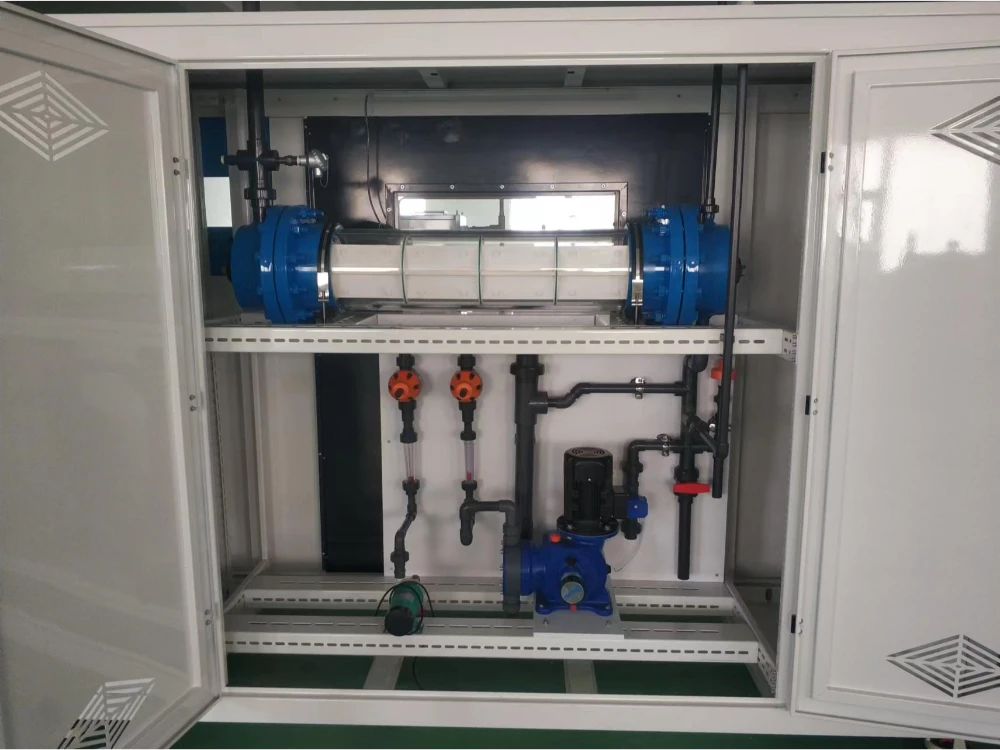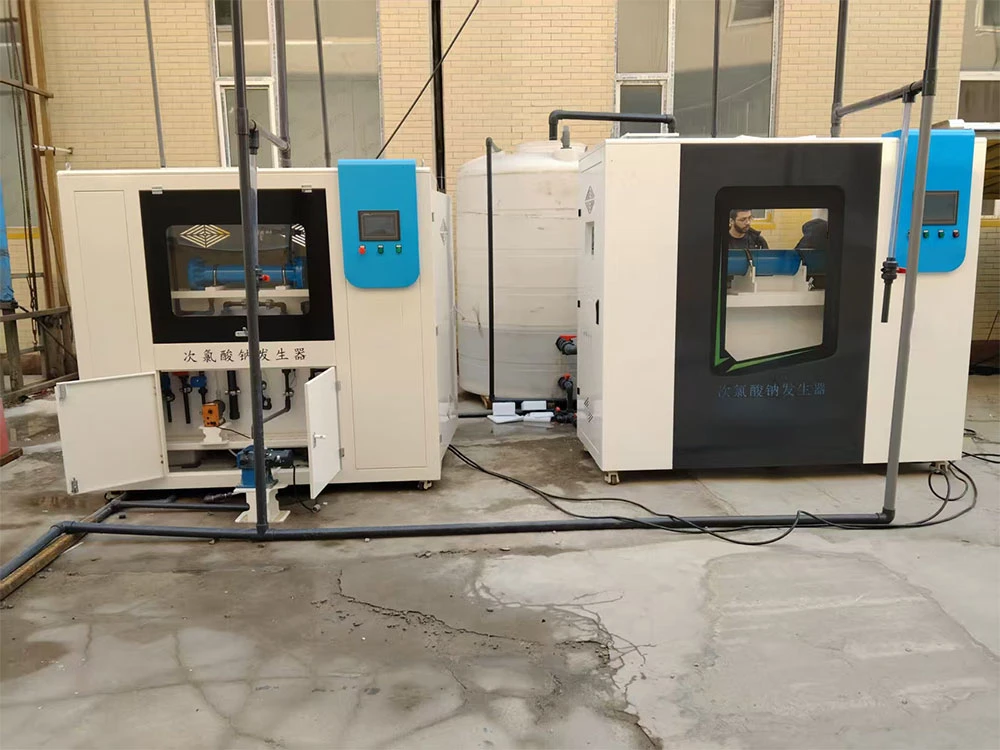Introduction
Hospital wastewater contains harmful pathogens, chemicals, and also drug residues. Treating it properly is crucial. However, traditional disinfection methods, like chlorine gas or commercial bleach, have risks. A sodium hypochlorite (NaClO) generator offers a safer, more efficient alternative.
Therefore, this article explores how on-site sodium hypochlorite generators work. We highlight their benefits for hospital wastewater treatment. We also answer common questions (FAQ) to help you make an informed decision.
Why Hospital Wastewater Needs Special Treatment
Hospital wastewater is complex. It includes:
Pathogens (bacteria, viruses, fungi).
Pharmaceutical residues (antibiotics, cytotoxic drugs).
Chemical waste (disinfectants, lab reagents).
If not treated properly, these contaminants can spread infections. They can also harm the environment. Effective disinfection is a must.

How Sodium Hypochlorite Generators Work
A sodium hypochlorite generator produces disinfectant on-site at the same time. It uses three simple ingredients:
Salt (NaCl) – Common table salt.
Water (H₂O) – Purified or softened.
Electricity – For the electrolysis process.
The Process:
Salt Dissolution – Salt mixes with water to form brine.
Electrolysis – The brine passes through an electrolytic cell. Meanwhile, electricity splits the solution into sodium hypochlorite and hydrogen gas.
Dosing – The generated NaClO is also dosed into wastewater for disinfection.
Key Advantages:
On-demand production – No need for hazardous chemical storage.
Cost-effective – Lower operational costs than commercial bleach.
Safe – No chlorine gas risks.
Eco-friendly – Reduces transport-related carbon emissions.

Why Choose a Sodium Hypochlorite Generator Over Other Methods?
1. Safer Than Chlorine Gas
Chlorine gas is highly toxic. Leaks can cause severe health hazards. However, sodium hypochlorite generators eliminate this risk. They produce liquid disinfectant safely.
2. More Stable Than Commercial Bleach
Commercial bleach degrades over time. Its strength reduces during storage. On-site generation ensures fresh, potent disinfectant.
3. More Cost-Effective Than Purchased Chemicals
Hospitals spend a lot on commercial disinfectants. However, a generator cuts costs by producing NaClO from cheap salt and electricity.
4. Better Control Over Dosage
Automated systems adjust dosing based on wastewater flow and contamination levels. This ensures optimal disinfection without waste.
5. Environmentally Friendly
No chemical transportation means lower carbon footprint. The process also reduces plastic waste from bleach bottles.

Applications in Hospital Wastewater Treatment
Sodium hypochlorite generators are versatile. They work in:
General hospital wastewater disinfection.
Laboratory effluent treatment.
Pharmaceutical waste neutralization.
Emergency disinfection during outbreaks.
Hospitals can integrate them into existing treatment systems at the same time. Meanwhile, they work well with membrane bioreactors (MBRs) and activated sludge processes.
FAQ
Q1: Is sodium hypochlorite effective against all pathogens?
Yes. It kills bacteria, viruses, and fungi effectively. However, dosage must be optimized for resistant organisms like C. difficile spores.
Q2: How much salt and electricity does the system consume?
A typical system uses 3-4 kg of salt per kg of NaClO. Electricity consumption is 4-5 kWh per kg of NaClO. Costs remain lower than buying commercial bleach.
Q3: Does the system require frequent maintenance?
Minimal maintenance is needed. Regular cleaning of electrolytic cells (every 6-12 months) ensures efficiency. Most systems have auto-cleaning features.
